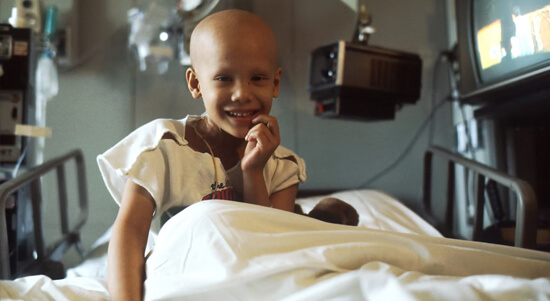Why Rural India Faces Unique Cancer Challenges?

In India, cancer is becoming a growing public health concern, with over 1.5 million new cases diagnosed annually. But behind these national numbers lies a stark divide: rural India faces a unique, uphill battle in cancer prevention, detection, and treatment. While urban centers steadily advance with better awareness and healthcare infrastructure, rural regions continue to lag behind, often with devastating consequences.
1. Lack of Early Detection and Awareness
In rural India, cancer is often diagnosed in its advanced stages. The primary reason? Limited awareness. Many people in villages aren’t familiar with the warning signs of cancer. A persistent cough, a lump in the breast, or unexplained weight loss may be brushed off as common illnesses or even superstitions. Without regular screenings or health education, early detection, the key to successful treatment is missed.
2. Shortage of Healthcare Infrastructure
Most cancer care facilities are concentrated in cities. A rural cancer patient may have to travel hundreds of kilometers just to see an oncologist. Even primary health centers are often understaffed or underequipped. The lack of diagnostic tools like mammography, Pap smears, or histopathology labs in rural areas means that critical steps in the cancer care continuum, screening and biopsy are delayed or unavailable
3. Cultural and Social Barriers
Cancer continues to carry a stigma in many parts of rural India. Some families hide the diagnosis out of fear or shame, especially when it involves women’s reproductive cancers like breast or cervical cancer. Gender bias also means that women’s health is often deprioritized, leading to late or no treatment at all.
4. Financial Burden and Out-of-Pocket Expenses
Cancer treatment is expensive—chemotherapy, surgery, radiation, hospital stays, and post-treatment care can cost lakhs of rupees. In rural households, where income is already limited and often dependent on daily labor, this cost is prohibitive. Many families either abandon treatment halfway or don’t start it at all, fearing lifelong debt.
4. Financial Burden and Out-of-Pocket Expenses
Even when treatment is not an option, palliative care to ease pain and improve quality of life is vital. Unfortunately, rural India has almost no access to pain management, counseling, or end-of-life care services. This leads to unnecessary suffering for both patients and families.
So, What Can Be Done?
Bridging the cancer care gap in rural India requires a multi-pronged approach:
- Health Education Campaigns to improve awareness of early signs and preventive steps.
- Mobile Screening Units that bring diagnostics to remote areas.
- Training Community Health Workers like ASHAs and ANMs to identify symptoms early.
- Strengthening Primary Health Centres with cancer detection tools.
- Telemedicine and Referral Networks to connect patients with urban specialists.
- Affordable Treatment Schemes under government or CSR-funded programs.
Cancer may be a biological disease, but in rural India, it's a deeply social issue too—one shaped by inequality, inaccessibility, and ignorance. Addressing it demands not just medical solutions, but community-centric, inclusive interventions that leave no village or person behind. Help Cancer Control Mission bring awareness, screening, and treatment to India’s most overlooked communities. Together, let’s bridge the cancer care gap
Because every life, no matter where it begins, deserves a fair chance at healing.
Feel free to share this blog with friends and family – after all, the more we know, the stronger we become.